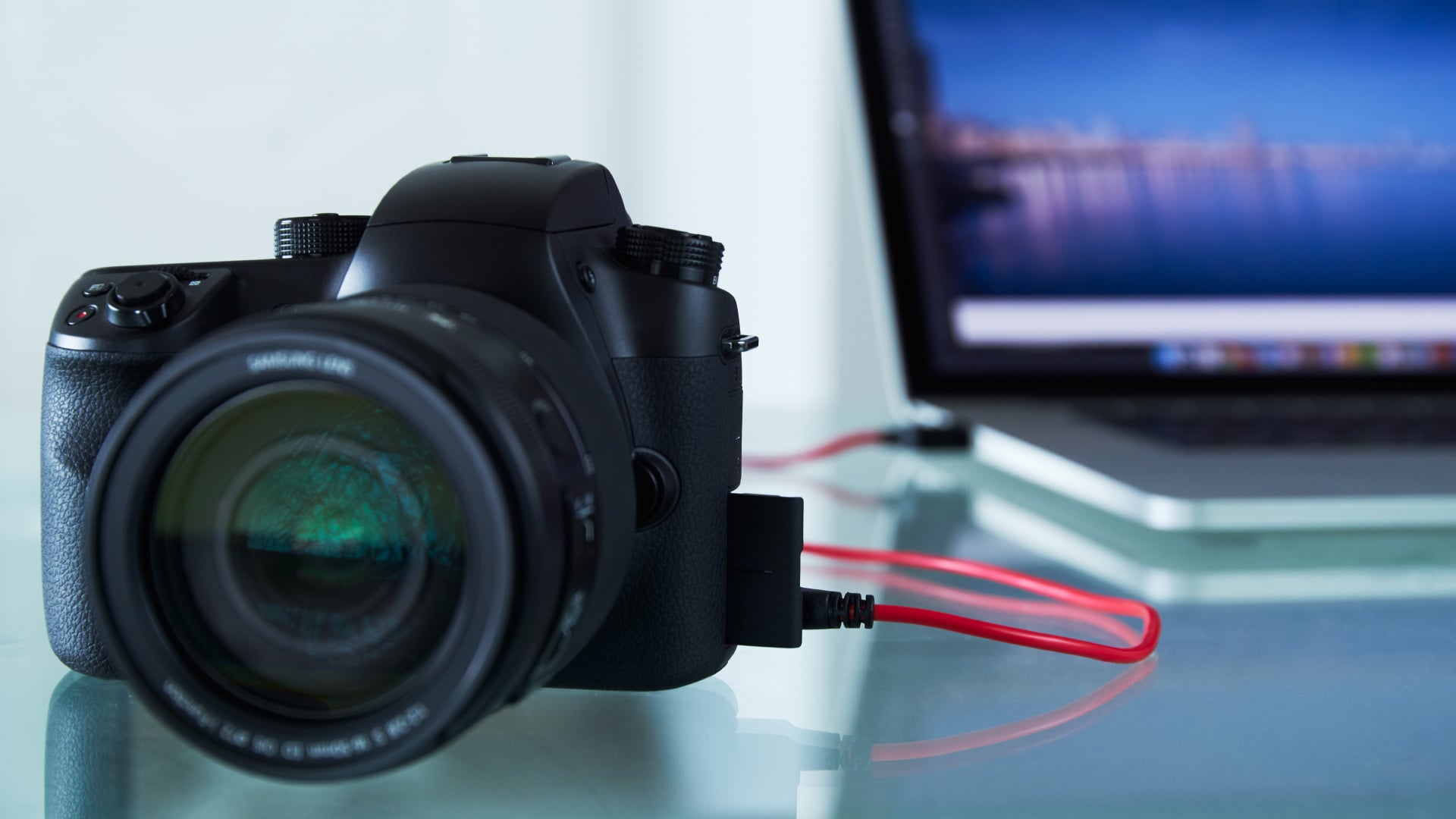Finally, when you decide to print the photos, you must do so on “X” branded paper. “X” begin to increase their prices year over year because, you can’t go anywhere anyway can you? Over time, new camera companies come to market. Their cameras offer much better features, but having already committed to “X” in the form of significant investment, and despite “X” no longer really fulfilling your requirements, you continue to use “X” as changing is just too unfeasibly expensive, necessitating investing in not just a new camera, but a new memory card, new software, and new paper. Worst of all, all your digital photos would be useless if you changed - either you replace the software meaning you can no longer see your old pictures (except in hard copy - and what if you want to edit them again?), or run two parallel systems (complicated, expensive).
Clearly the above “X” example is a poor deal for the consumer (although excellent for “X” - they get a customer almost for life). This is vendor lock-in, sourge of the business world.
This has been the situation for IT buyers procuring investments (at great cost). Until now.
In the world of Business Decision Management, and following in the footsteps of its BPMN 2.0 cousin, the new Decision Model and Notation™ (DMN™) version DMN™ 1.1 from the Object Management Group® (OMG®) is a customer-focused standard, making transferring Decision Models and information across IT interfaces and systems fast and painless, and solving the problem of vendor lock-in.
Easy transfer of Decision Models into execution environments
From Dr. Gero Decker, CEO Signavio:
The new version of the Decision Model and Notation includes a number of improvements, in particular the refinement of the standardized XML interchange format to facilitate the roundtrip between decision design and execution environments.
In other words, use your models in whatever execution system fits your organization best. Vendor-agnostic, flexible and scalable - DMN™ 1.1 puts the power back in business’ hands, while supporting the success of IT vendors who truly have customer interest, and superior products, at their core.
What’s in it for you?
Whereas previously proprietary integrations had to be provided for each execution environment, such as between Signavio and Red Hat BRMS, users of the DMN notation can now easily take their modeled decision diagrams (standardized with the global DMN 1.1 notation) and run them in the execution environment of their choice. Not only does the new version free up the IT resources previously committed to creating and maintaining these integrations, it means business users gain the ability to choose the best execution environment for their purposes, without the expense and restriction characteristic of the past. Essentially the new DMN 1.1 liberates Decision Management, leveling the playing field and opening up technological options previously impractical.
DMN™ 1.1 means time saved for IT, and more choice for Business - adding significant value to how organizations manage their crucial operational decisions. All users of Signavio Decision Manager will have access to the new interchange format by the end of July 2016. If you are curious about how DMN and the Signavio Decision Manager can support flexibility and scalability in your organizations operational decisions, more information can be found here, or try free for 30 days here.

